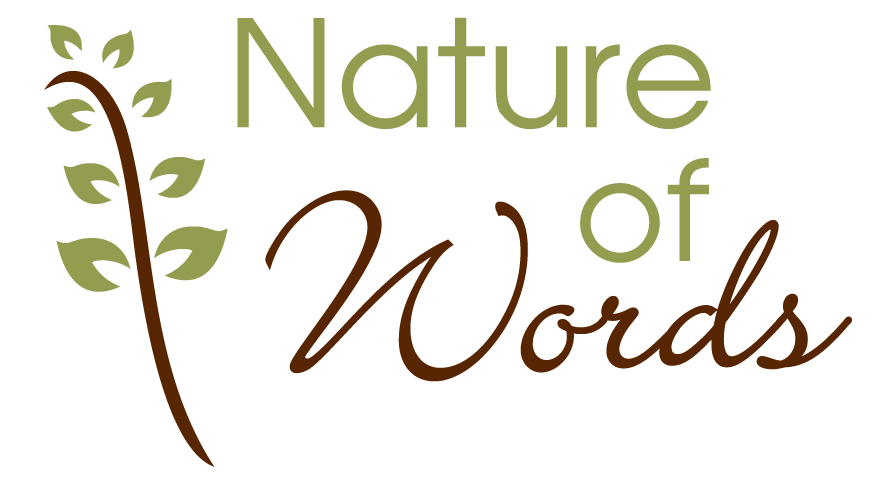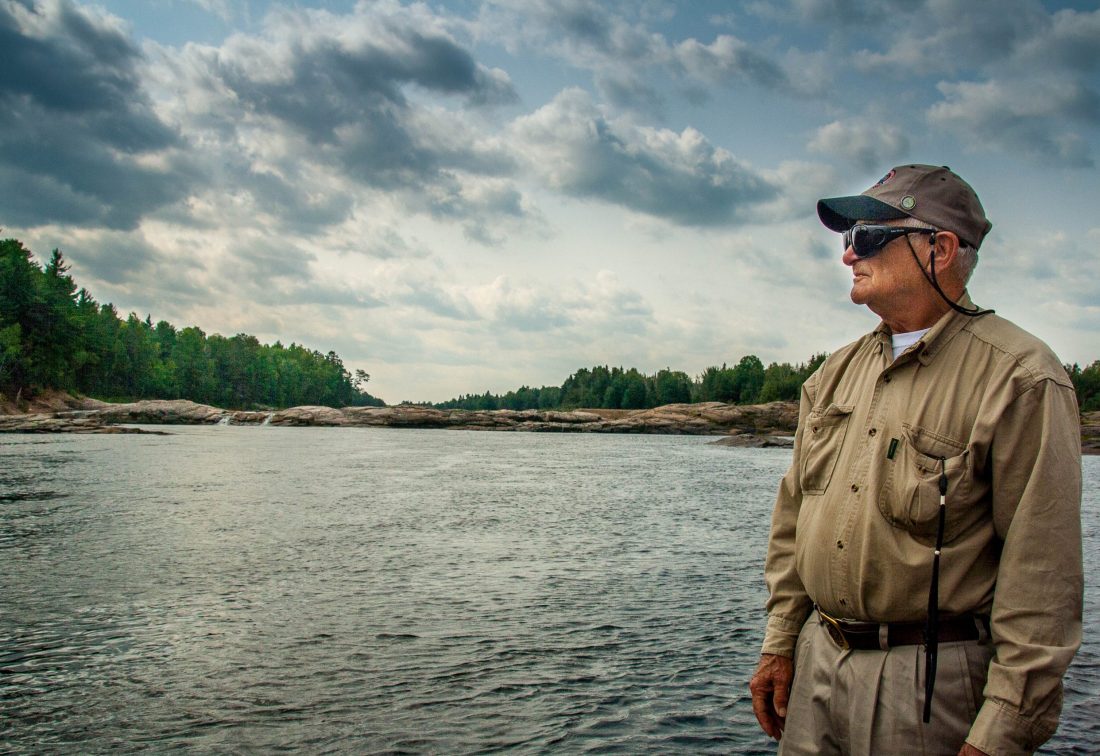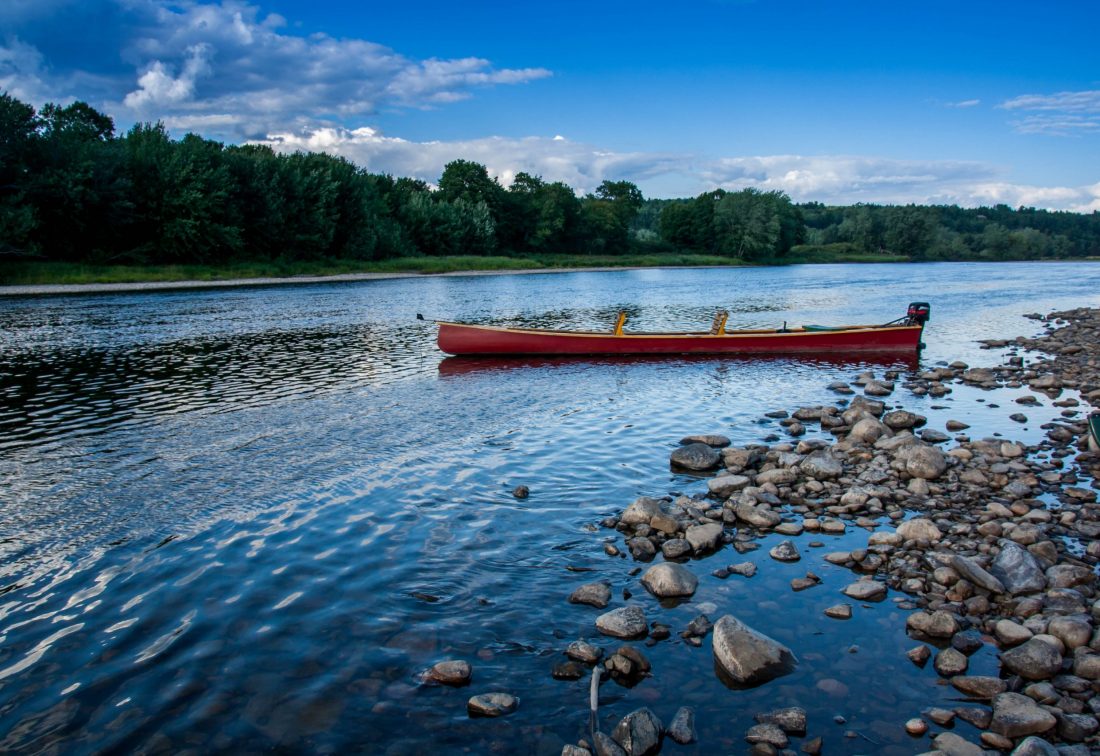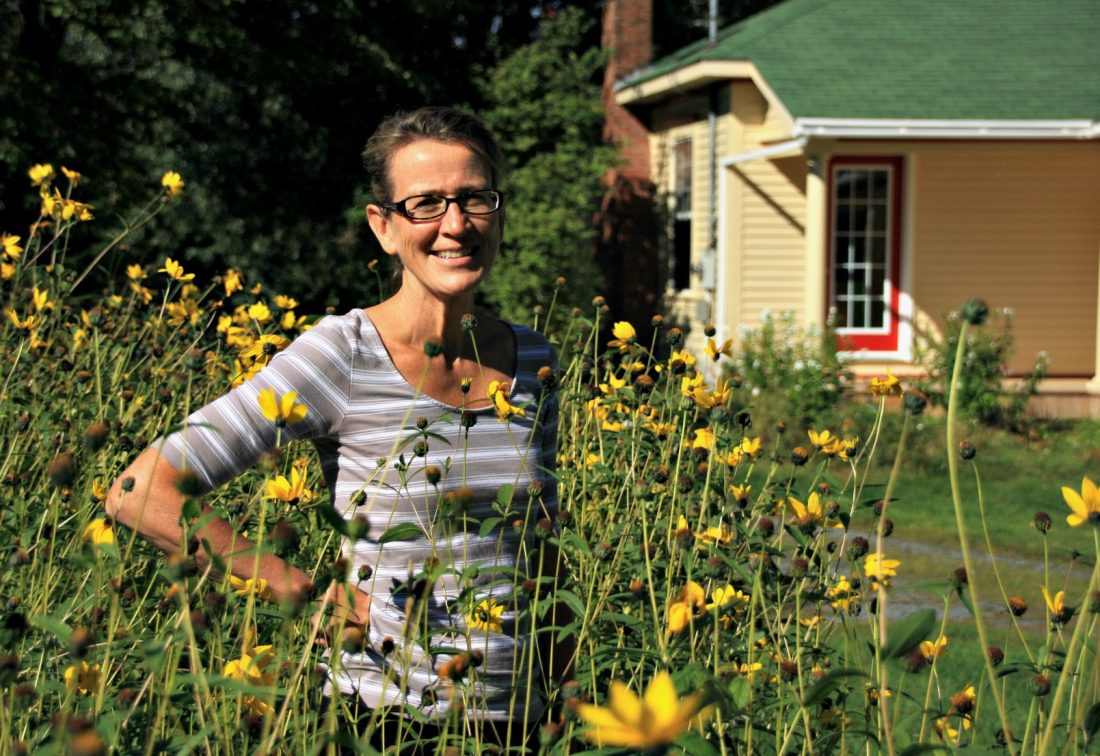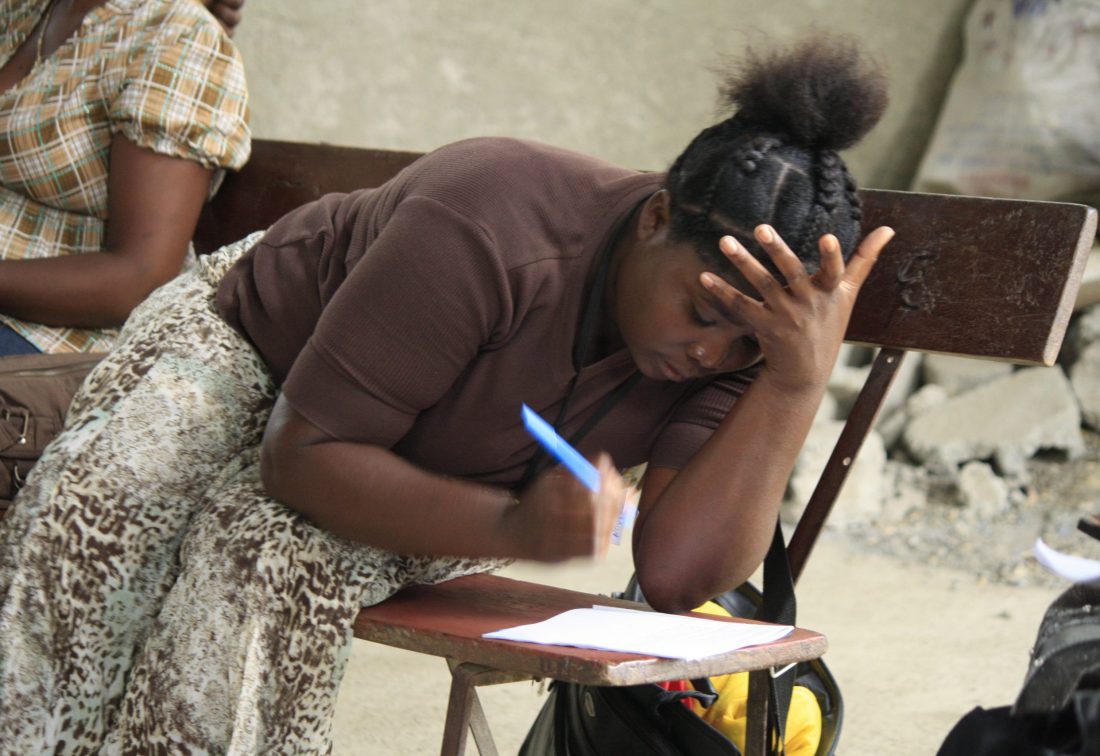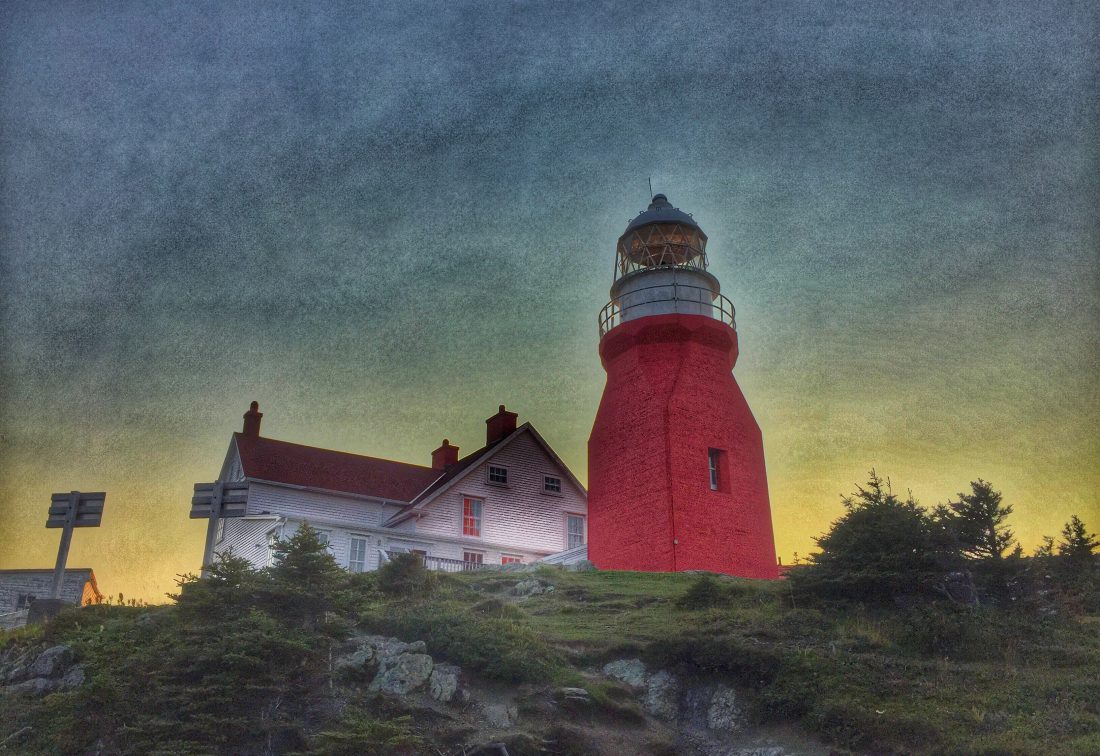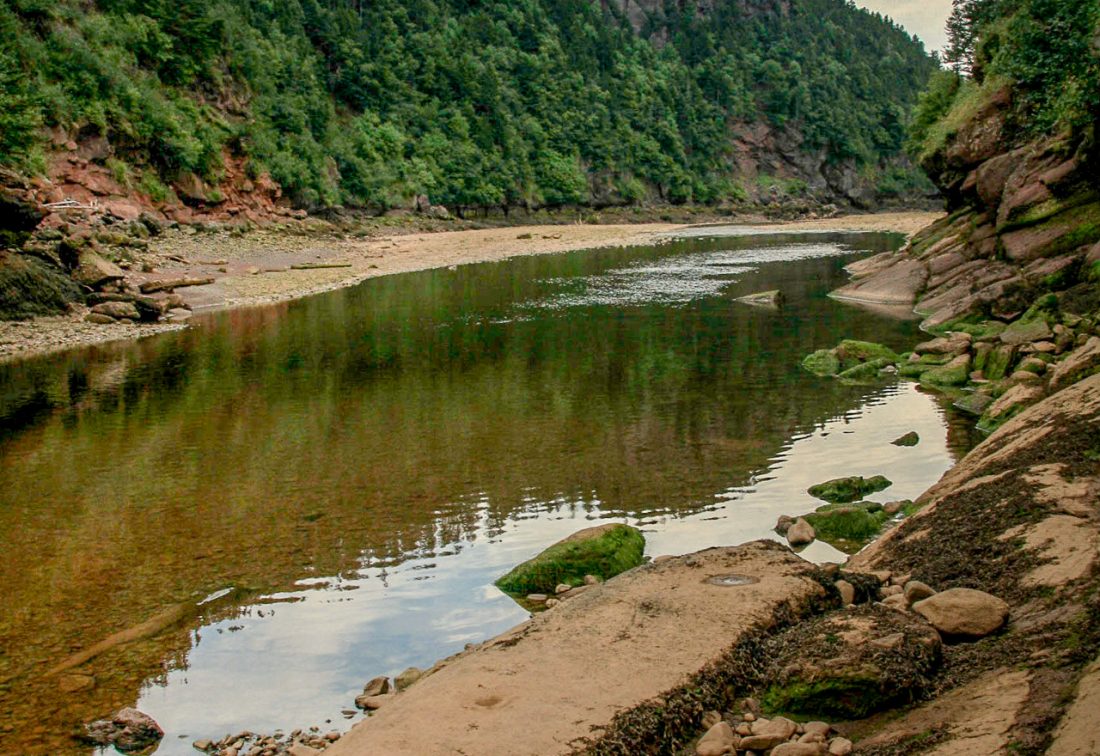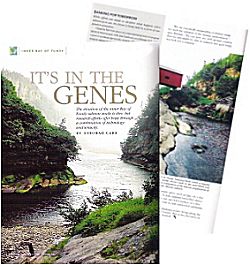Conserving Endangered Wild Salmon
(Saltscapes Magazine, Jul/Aug 2016; Atlantic Journalism Awards Silver finalist for Enterprise Reporting)
Volunteer efforts undermined by government apathy (Part 2 of 2)
The 129-kilometre-long Nepisiguit River flows north and east from Nepisiguit Lakes to New Brunswick’s Bay of Chaleur. Today, it’s a healthy river with more than 90 salmon pools, abundant gravel for spawning, and rapids that oxygenize the water.
It wasn’t always like this.
Back in the 70s, when the Nepisiguit was dead due to acid runoff and toxic waste escaping a nearby mining operation, Bob Baker of Bathurst walked every foot of the shoreline to the impressive Nepisiguit Falls and power dam marking the terminus of the salmon’s 28-kilometre journey upriver from the bay. He noted the pools and gravel beds that salmon might frequent.
